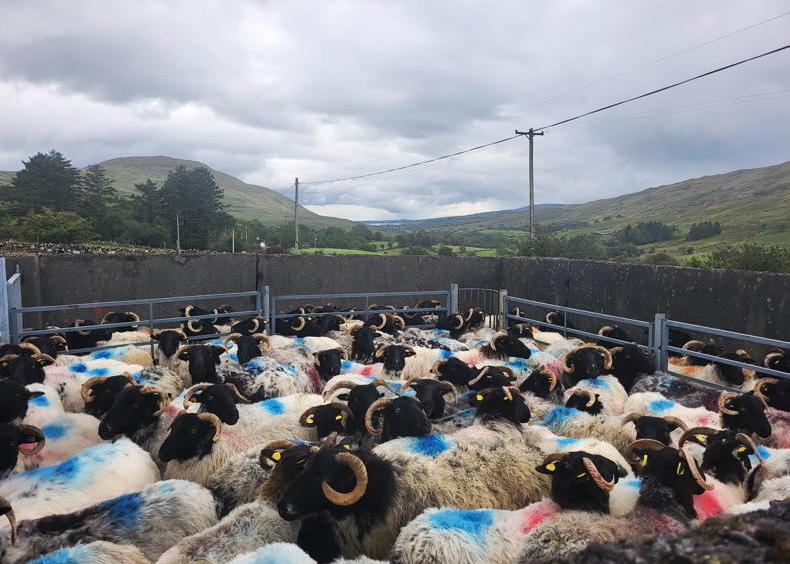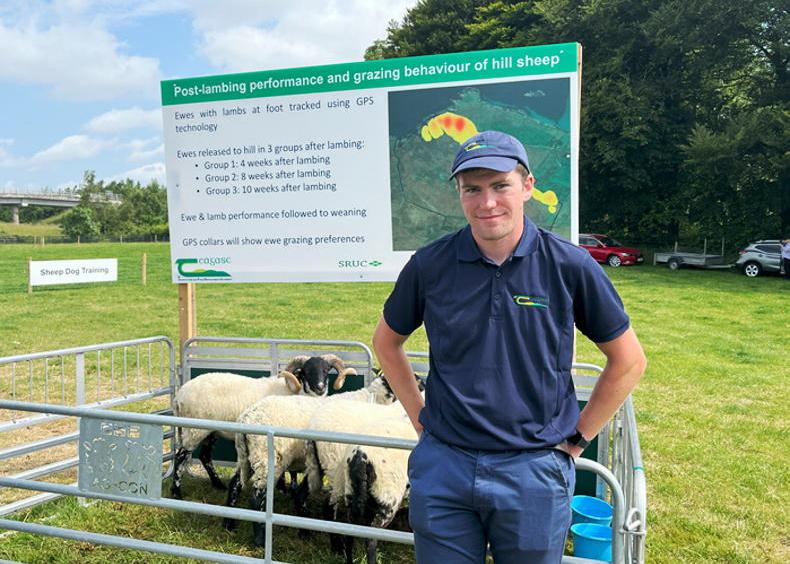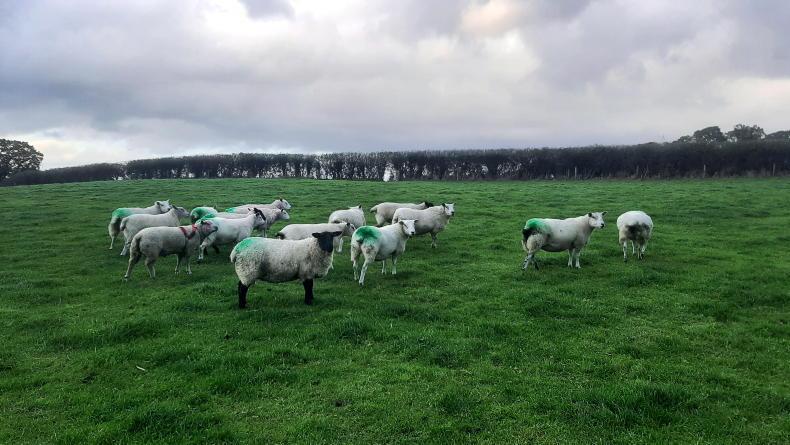A wide array of topics were covered in last week’s Teagasc/CAFRE joint uplands symposium. Some of the main messages presented are summarised below with all presentations available at www.teagasc.ie/uplands.
1 Land use policy: a land use strategy that optimises upland areas was highlighted by James Moran, Atlantic Technological University, as being critical for their future viability.
He said: “What we need in any area is a defined geographical area, [like] we have in the co-operation projects in the eight areas of the country. These need local area plans, these are living plans diagnosing the challenges, diagnosing the capacity of the land, what the existing water quality is, putting an action plan in place and then having results-based payments or a results-based approach to reward where the values are high but not leaving people behind.
“If you have low scores and there are challenges on a particular area, you need to put supporting actions in place and you co-ordinate and support people at a landscape level to bring other services to bear.”
2 Scheme complexity: the suite of schemes available to farmers needs to be rationalised and their complexity reduced, according to James Moran, Atlantic Technological University.
He said: “It [schemes] needs to be rationalised and simplified for the beneficiary. We have too many schemes taking place. They need to be put together. The challenge is we have all these regulations to deal with from a policy side, and rather than capturing the complexity of that regulation and simplifying it for the beneficiary, we are transferring all that complexity in numerous different schemes down to the farmer.
“We have to change that around and capture that [complexity] at a higher level. In terms of the ACRES programme [for example] you should get your scores within six weeks. You should be able to apply for non-productive investments (NPIs) on rolling windows to improve your score, you should be supported by the adviser and then move to work together on landscape actions.”
3 Delivery of public goods: only 15% of upland sheep farming systems were described as viable, with 45% sustainable due to the presence of off-farm income and 40% vulnerable. The figures on upland cattle were 20% viable, 41% sustainable and 39% vulnerable.
In her presentation, Emma Dillon of the Teagasc rural economy and development programme, said that National Farm Survey data demonstrates the low environmental impact that upland farms pose, particularly in terms of nutrient management, water quality and greenhouse gas emissions.
She said that it is important to consider the role of upland and small farms in the delivery of public goods, overall contribution to biodiversity and preservation of habitats and reward farmers for such.
4 Perception and understanding: a poorly communicated message and rules and regulations being imposed on farmers, rather than farmers being given an opportunity to impart their experience in managing upland areas to shape regulations, is highlighted as being a significant barrier in instilling farmer buy-in to agri-environmental schemes.
This was highlighted by Barry Quinn of Ulster University.
Findings from a study investigating the drivers and barriers to agri-environmental change in hills and uplands of Northern Ireland found that there is some appetite for a change and a willingness to transition to results-based agri-environmental schemes, but this is based on the delivery of certain conditions.
Key characteristics of a future scheme include flexibility in farm-level provision, timely payments and the avoidance of a penalty-orientated structure while a trusted export is critical in facilitating change, especially in relation to radically different and contested approaches such as peatland regeneration.
5 Benefit of group ethos: upland farming in the Cooley Peninsula is bucking the trends in terms of attracting young farmers in to hill sheep farming.
According to Conor McCann, Louth sheep farmer, a major catalyst in driving interest in sheep farming is the Cooley Sheep Breeders’ Association.
Conor said the group ethos and annual sale run each year in Carlingford generates a platform for young people to become involved.
There are still challenges to be faced but Conor credits the interaction between young farmers and a sense of purpose as helping to tie in interest at a young age.
Similar benefits were presented by Caitriona Foley of Teagasc who reported on the results of an European Innovation Partnership project on the Comeragh Mountains.
Caitriona outlined that a discussion group format involving all farmers with a vested interest is the best way to achieve positive dialogue and stressed that for change to occur, farmers have to first establish what needs to be changed.
6 Rewilding discussion: there are growing pressures from some sectors of society that so-called ‘rewilding’ and the removal of animals from upland areas would be better for those areas.
Andy Bleasdale of the National Parks and Wildlife Services told delegates that in his own personal view, “rewilding is a phrase that is very polarising and can actually turn people off that need to be put on, exclude people and the farming community from the conversation and it implies the removal of all stock everywhere is a good thing and I don’t think it is as clear or as black and white as that”.
He said that there is a space for natural succession and that this needs to be planned for, but he does not think that “the removal of all stock from upland areas is the simple message I’d want to be communicating here today”.
He said that some natural succession would be a good thing in some upland areas but to plan to have the total of that landscape wooded, for example, would be contrary to the requirements of the birds and habitats directive.
7 Burning vegetation: Caitriona Foley, Teagasc, outlined that to achieve improvements in upland management there needs to be an open and frank discussion about burning of vegetation.
She said that burning cannot be a dirty secret that no one wants to talk about.
Interestingly, the topic of burning also came up in a presentation by Karl Richards, head of the Teagasc Climate Centre.
A fire which occurred adjacent to one of the sites used for the National Soil Carbon Observatory recorded a short spike in carbon from the fire with levels of carbon emitted returning to normal within 24 hours. This raises the question as to the level of carbon released by burning and if the carbon captured by growth of new vegetation exceeds levels released through burning and raises the importance of future research in this area.
Research needs to be fast-tracked on numerous facets of upland farming with key questions addressed and hard facts identified on important aspects such as carbon sequestration and optimum strategies to maintain and protect habitats.










SHARING OPTIONS